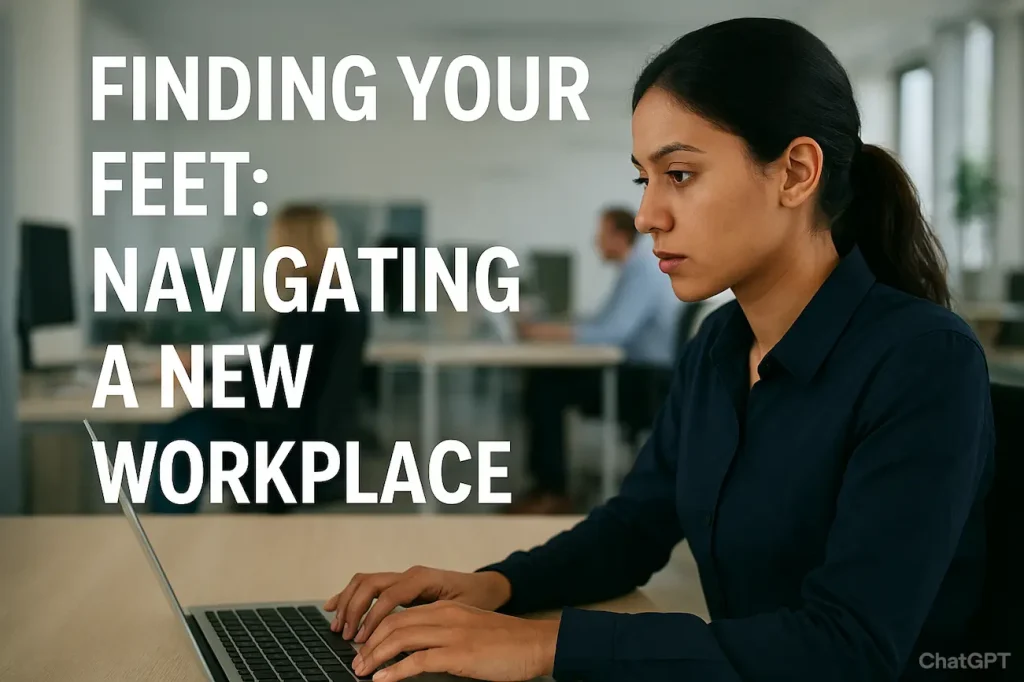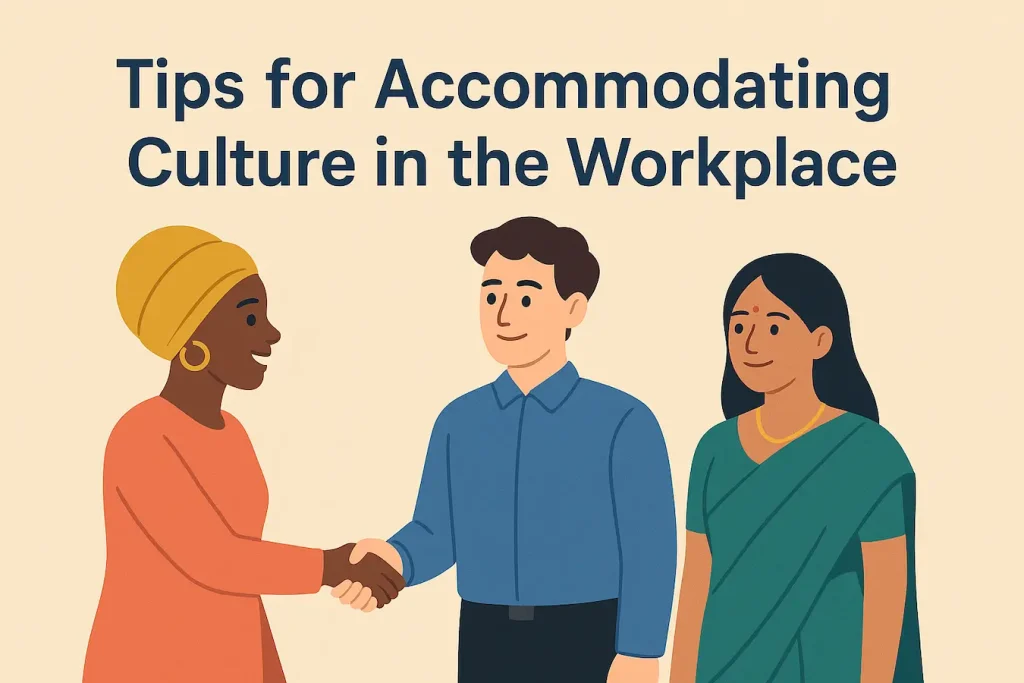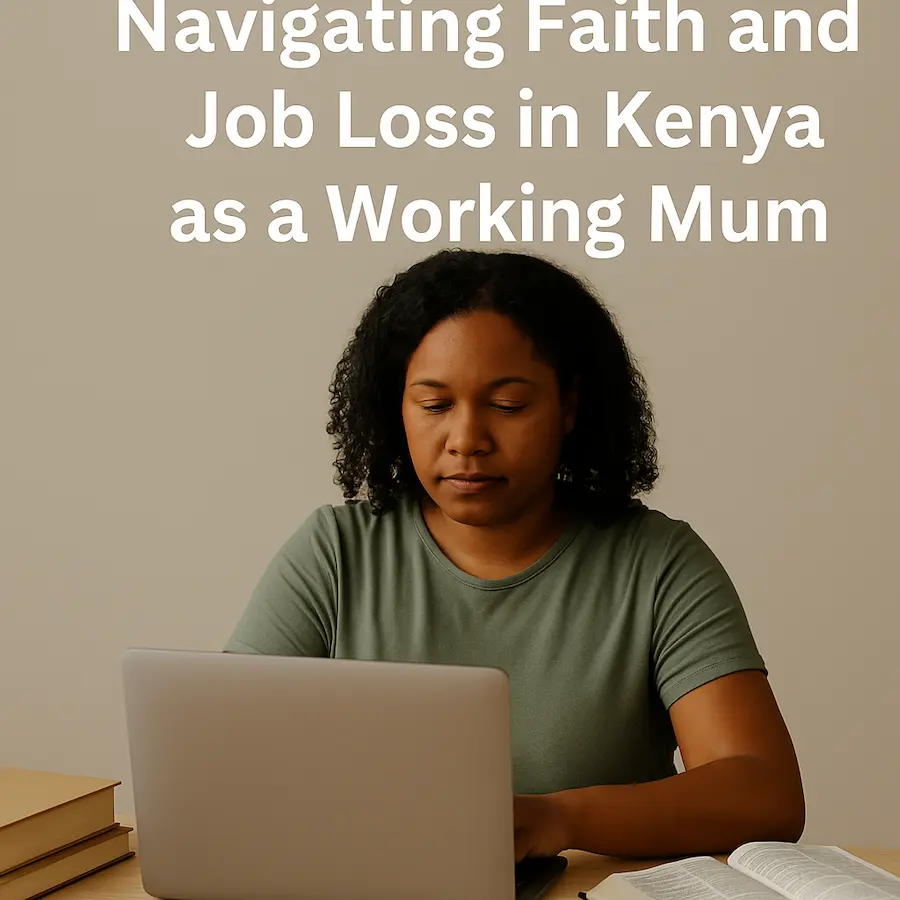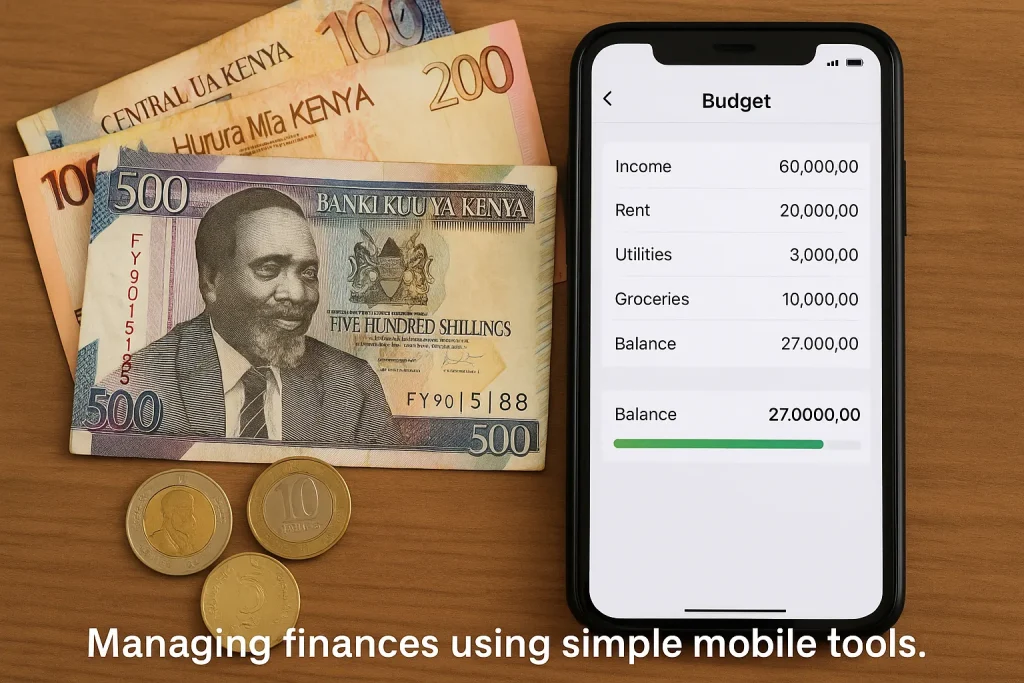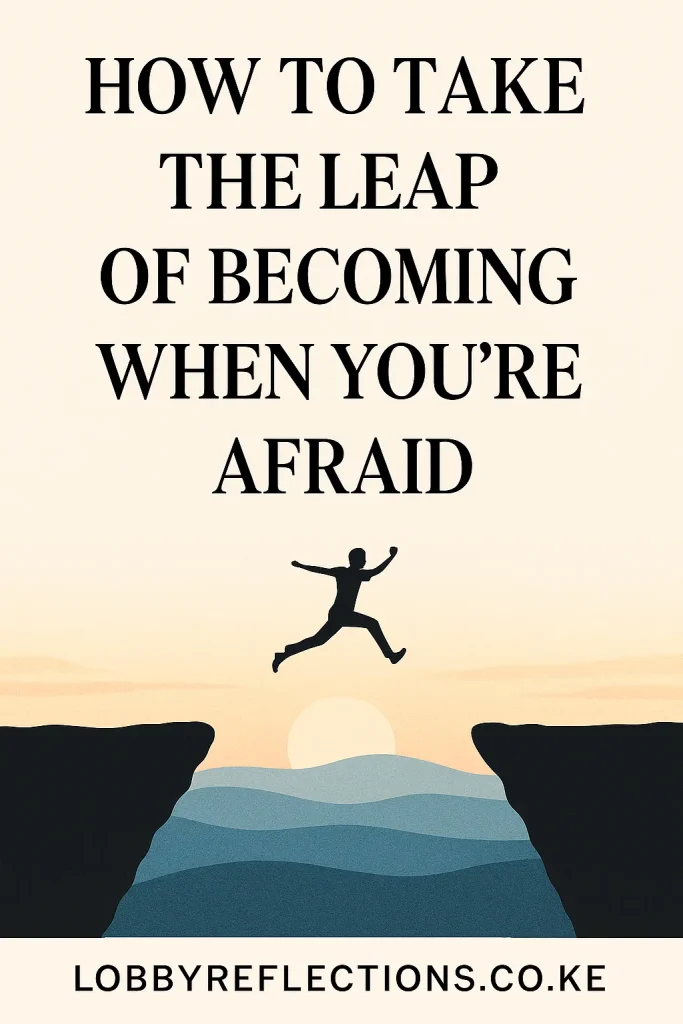
Have you ever jumped into something that looked simple—only to find it came with unexpected layers of work? I recently saw a short clip that captured this perfectly. That took me back to why we should read the fine print before signing a contract.
A son walks into the kitchen to help his mother with the dishes. The sink looks almost empty. He rolls up his sleeves, ready to finish in minutes. But the moment the mother hands him the soap and sponge, boom!—she starts pulling out a hidden mountain of dirty utensils from nowhere.
The caption read: “When you get into a project without knowing the scope of work.”
It made me laugh, but it also hit close to home. That’s why you should always read the fine print before signing a contract—because what looks simple at first can hide a mountain of hidden terms, just like those dishes.
My Insurance Wake-Up Call: When I Didn’t Read the Fine Print
A few years ago, I signed up for an insurance policy meant to mature in ten years. The agent’s pitch sounded great. The premiums seemed manageable. Without asking too many questions, I signed.
Two years later, I quit my job and thought I could withdraw my savings. Imagine my shock when I learned I could only access 20% of the money I had contributed!
It turned out the remaining 80% was tied up in surrender penalties and policy rules I had never noticed. My agent hadn’t mentioned this clearly, and I hadn’t bothered to read the fine print.
That’s when I realized—ignorance is not a defence.
Why You Should Always Read the Fine Print Before Signing a Contract
Whether you’re signing a job offer, taking an insurance policy, or committing to a loan or service plan, you must understand every clause.
Most of us rush through agreements, trusting the summary or the salesperson’s words. But contracts are like that sink—you only see what’s on the surface until you look deeper.
Here’s what reading the fine print protects you from:
Hidden Fees and Penalties
Many contracts have hidden charges for early termination, late payments, or cancellations. These can drain your finances over time.
Unclear Exit Terms
That “easy exit” might actually require a 60- or 90-day notice. Without reading the fine print, you may be locked in longer than you planned.
Automatic Renewals
Some agreements renew automatically unless you cancel in writing. Miss that window, and you’re stuck for another term. (AARP)
Exclusions and Limitations
In insurance, fine print clauses often state what’s not covered—things like job loss, pre-existing conditions, or early withdrawals.
If you don’t study those lines, you might assume protection that doesn’t exist.
Lessons From Not Reading the Fine Print
That insurance lesson cost me money, but it taught me lifelong habits about handling contracts.
- Pause Before You Sign.
Don’t rush just because someone says “everyone is doing it.” Take time to read and understand. - Ask the What-If Questions.
What happens if I lose my job? Can I exit early? What if I skip one payment? - Never Rely Solely on Verbal Promises.
If it’s not written in the contract, it doesn’t exist. Always insist on written confirmation. - Keep Copies.
Store every agreement you sign, including email trails and receipts. - Review Periodically.
Go through your policies every year. Circumstances change—so should your understanding.
How to Read the Fine Print Before You Sign
Reading a contract can be overwhelming. But breaking it down helps.
| Step | Action | Why It Matters |
|---|---|---|
| 1. Identify the Parties | Make sure the contract names you (or your business) correctly. | Prevents disputes later. |
| 2. Highlight Key Sections | Focus on Payment, Termination, Penalties, and Renewal. | These are the “hidden dishes.” |
| 3. Look for Warning Words | Words like “unless,” “subject to,” or “in our discretion.” | They often hide exceptions. |
| 4. Search for Exit Clauses | Understand what happens if you want to leave. | Saves you from paying unnecessary penalties. |
| 5. Clarify Ambiguous Terms | If you don’t understand something, ask. | Never sign what you can’t explain. |
A helpful guide on Lexagle shows that many costly mistakes come from clauses consumers overlook—like renewal periods or penalty schedules.
Hidden Costs You Miss When You Don’t Read the Fine Print
Ignoring fine print can lead to both financial and emotional losses.
- Bank Loans: Some have variable interest rates that increase after the first year.
- Digital Subscriptions: Free trials that convert into paid plans after 7 days.
- Insurance Policies: Surrender penalties and waiting periods that limit access to funds.
- Employment Contracts: Clauses that prevent you from working with competitors after resignation.
These examples show that reading the fine print before signing a contract isn’t optional—it’s financial self-defense.
How Financial Literacy Helps You Avoid Fine Print Traps
When you understand money, you become less vulnerable to confusing jargon and quick sales tactics. Books have helped me sharpen this skill, and I recommend a few that align perfectly with this topic:
📘 The Psychology of Money — Morgan Housel explains how emotions and behavior shape financial choices more than logic.
📗 The Total Money Makeover — Dave Ramsey’s guide to getting out of debt and building long-term stability.
📕 I Will Teach You to Be Rich — Ramit Sethi’s hands-on lessons about handling money smartly, including understanding financial agreements.
These reads are worth checking out if you want to gain control over your financial future (affiliate links).
For more inspiration, see my post on September Books of the Month 2025—I highlight other titles that help improve personal growth and decision-making.
Real-Life Examples of Why You Should Read the Fine Print
- Credit Card Offers: That “0% interest for six months” can jump to 30% after the promo ends.
- Loan Applications: Early repayment can trigger penalties instead of savings.
- Insurance Surrender: Just like my experience, withdrawing early often means losing most of your contributions.
As shared in my blog post on Money Management in Business, wise financial decisions come from preparation, not panic.
The same principle applies in professional settings. Even when dealing with clients or employment contracts, etiquette and clarity matter—something I also explored in Customer Etiquette at the Front Desk.
The Cost of Not Reading the Fine Print
Here’s what skipping the fine print can cost you:
- Money: Hidden charges, penalties, or reduced payouts.
- Time: Locked-in commitments or renewal cycles.
- Peace of mind: The stress of discovering surprises too late.
A detailed explainer on AARP confirms that consumers lose billions annually to overlooked contract clauses.
Final Thought: Ignorance Is Not a Defence
That short kitchen video may have been meant for laughs, but it’s one of the best illustrations of how life works. What seems simple can hide a complex workload—just like contracts and policies.
Before you sign anything, remember:
- Read the fine print before you sign.
- Ask questions.
- Clarify and keep copies.
- Don’t assume your agent or HR will explain everything.
Because at the end of the day, what you don’t know can cost you.
So pause. Breathe. Read the fine print. Then sign—with confidence and understanding.
Disclosure: This post contains affiliate links. If you purchase through them, I may earn a small commission at no extra cost to you. I only recommend books and products I truly find valuable for personal growth and financial literacy.
